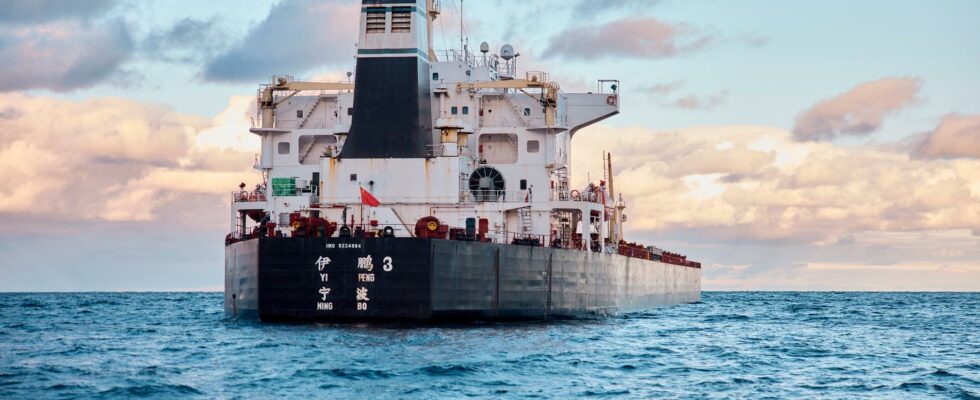unsaveSave
expand-left
full screen The Chinese vessel Yi Peng 3, which is still anchored in the Kattegatt in Danish waters, is of interest to the investigation into the damaged cables. The vessel is monitored by the Danish Navy. Archive image. Photo: Mikkel Berg Pedersen/Ritzau Scanpix/TT
The investigation into the broken cable between Lithuania and Sweden is in its second day. The navy is here to look for signs of possible sabotage. The work is more difficult than with the first cable examined – and the weather makes it so.
– There are more difficult conditions. It’s deeper, over a hundred meters, and that makes everything a little more challenging, says Navy press officer Jimmie Adamsson.
The two data cables in the Baltic Sea, one between Finland and Germany and one between Sweden and Lithuania, have been broken or damaged in a short time. Swedish authorities suspect sabotage.
The Navy uses unmanned underwater vehicles. Jimmie Adamsson describes them as a kind of mini-submarines with cameras on them that are sent out to find the cause of the damage to the cable.
– If something would have been dragged along the bottom, for example, it would be something like that, a bottom track.
It is windy and strong seas.
– It can be difficult when you have to put in and take out these large underwater vehicles, they move when they hang from the cranes.
The investigation into the second damaged cable is complete, but the Navy would not comment on what, if any, findings were made there.
The Chinese vessel Yi Peng 3, which remained anchored in the Kattegatt in Danish waters on Friday, has been said to be of interest to the investigation into the damaged cables. The vessel is monitored by the Danish Navy.
